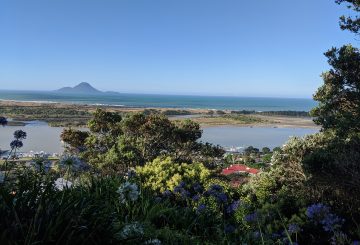유엔 산하 국제민간항공기구 (국제민간항공기구) 가 2050년까지 항공 배기가스 배출량이 2015년 수준보다 3배 증가할 것으로 예측함에 따라 일부 국가에서는 실행 가능한 대안인 단거리 비행을 금지하는 조치를 취하고 있습니다.
세계 최대 항공기 제조업체인 에어버스는 수소 동력 비행기가 무공해 비행을 위한 방안이 될 수 있다고 생각합니다.향후 10년 중반까지 상업적으로 사용할 수 있는 모델을 갖게 될 것입니다.그러나 회사는 수로만 구동되는 비행기는 세기 후반이 현실적이 될 것이라고 생각합니다.
일반적으로 신형 항공기에 대한 인증 일정이 길고 수소 저장 방법 및 이착륙에 필요한 에너지를 생성하는 방법을 사용하여 수소를 사용하여 하는 발전으로 인해 항공우주 회사는 2050년까지 순 탄소 배출량 제로라는 공공 이행사와 임시 이행하기 위한 방안이 필요합니다.
화석 기반 등유를 대체하는 포괄적인 용어인 지속 가능한 항공 연료 (SAF) 는 무공해 항공기로 가는 가교로 떠올랐습니다.유럽 연합은 제로 (넷 제로) 를 목표로 2025년부터 모든 항공기 연료에 SAF를 2% 함유하여 2063년에는 63% 까지 증가시키기를 원합니다.




























































